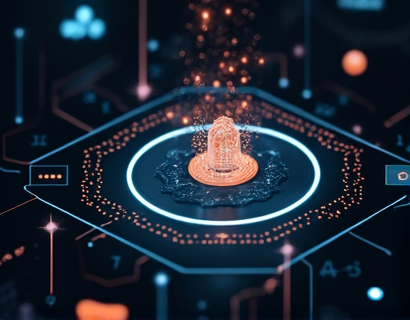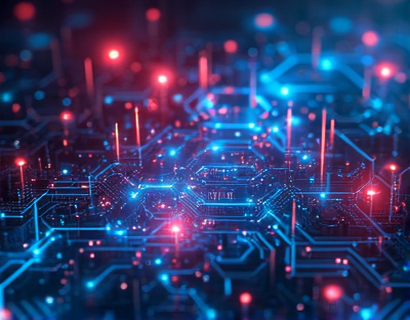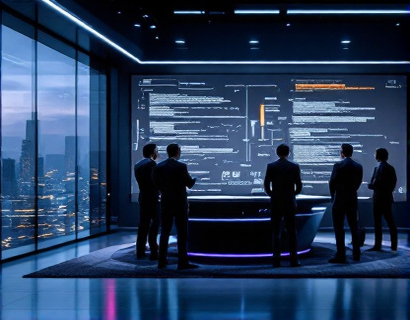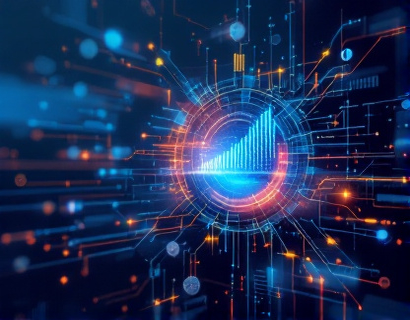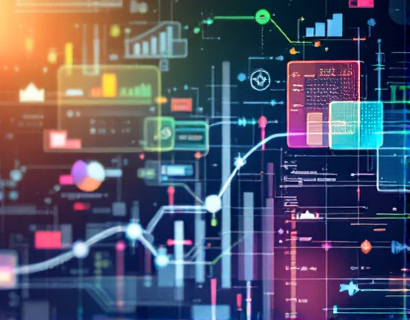Revolutionizing Astronomy Education: The Power of AI-Driven Personalized Learning
The field of astronomy education is undergoing a transformative shift, thanks to the integration of artificial intelligence and personalized learning technologies. This innovative approach is redefining how students and enthusiasts engage with the cosmos, making complex celestial concepts not only accessible but also deeply engaging. By leveraging advanced AI algorithms, educational platforms can now offer tailored insights and interactive resources that cater to the unique needs and interests of each learner.
Personalized Learning Paths
At the core of this revolution is the ability to create personalized learning paths for every user. AI-driven systems analyze individual strengths, weaknesses, and learning preferences to curate a customized curriculum. This ensures that each student receives content that is both challenging and relevant, fostering a deeper understanding of astronomical principles. Whether a learner is a beginner or an advanced enthusiast, the system adapts to provide the right level of complexity and depth, ensuring a smooth and effective learning journey.
Interactive Exploration Tools
One of the most exciting aspects of AI-driven astronomy education is the introduction of interactive exploration tools. These tools allow users to virtually traverse the cosmos, exploring planets, stars, galaxies, and other celestial bodies in an immersive and engaging way. Through 3D visualizations and real-time data, learners can gain a hands-on understanding of astronomical phenomena, making the learning experience both memorable and impactful. Interactive simulations of celestial events, such as solar eclipses and planetary alignments, further enhance the educational value by providing visual and experiential learning opportunities.
Expert Insights and Community Engagement
AI-driven platforms also bridge the gap between learners and experts in the field. By integrating expert insights and Q&A sessions, these platforms offer users the chance to gain valuable knowledge directly from leading astronomers and educators. This direct access to expert guidance helps demystify complex topics and provides motivation and inspiration for continued learning. Additionally, the platform fosters a vibrant community of astronomy enthusiasts, where users can connect, share insights, and collaborate on projects, creating a supportive and dynamic learning environment.
Enhanced Accessibility of Complex Concepts
Complex astronomical concepts, such as dark matter, black holes, and exoplanet atmospheres, are often challenging to grasp. AI-driven personalized learning platforms tackle this issue by breaking down these topics into manageable, bite-sized pieces. Through interactive tutorials, step-by-step explanations, and visual aids, learners can build a solid foundation of knowledge. The system continuously assesses the user's understanding and adjusts the content delivery to ensure mastery of each concept before moving on to more advanced topics.
Real-Time Data and Current Research
Another significant advantage of AI-driven astronomy education is the ability to incorporate real-time data and current research findings. This ensures that learners are exposed to the most up-to-date information in the field, keeping their knowledge current and relevant. By integrating data from telescopes, space probes, and other astronomical instruments, the platform provides a live connection to the frontiers of astronomical research. This not only enhances the educational experience but also inspires learners to pursue careers in science, technology, engineering, and mathematics (STEM).
Customized Learning Resources
To cater to the diverse learning styles and preferences of users, AI-driven platforms offer a wide range of customized learning resources. These include video lectures, interactive quizzes, detailed readings, and hands-on activities. Each resource is designed to complement the others, creating a comprehensive learning experience. For instance, a learner might start with a video lecture on galaxy formation, followed by an interactive quiz to test understanding, and then delve into a detailed reading on the subject. This multi-faceted approach ensures that learners can engage with the material in the way that best suits their learning style.
Gamification and Motivation
To keep learners motivated and engaged, AI-driven platforms incorporate elements of gamification. By earning badges, points, and rewards for completing courses and achieving milestones, users are incentivized to continue their learning journey. Leaderboards and challenges add a competitive element, fostering a sense of community and friendly rivalry. This gamified approach not only makes learning more enjoyable but also helps to build persistence and resilience, essential qualities for success in any field of study.
Adaptive Assessment and Feedback
Adaptive assessment is another key feature of AI-driven personalized learning. The system continuously evaluates the learner's progress and understanding, providing immediate and constructive feedback. This real-time feedback helps learners identify areas where they need improvement and adjust their study strategies accordingly. Adaptive assessments also ensure that the difficulty level of the content is always aligned with the learner's current capabilities, preventing frustration and maintaining engagement.
Supporting Diverse Learning Objectives
The versatility of AI-driven personalized learning platforms makes them suitable for a wide range of learning objectives. Whether a student is preparing for a university entrance exam, pursuing a hobby, or aiming for a career in astrophysics, the platform can be tailored to meet specific goals. For example, a student interested in astrobiology might focus on modules related to the search for extraterrestrial life, while a hobbyist might explore more general topics like star identification and constellation myths. This flexibility ensures that the platform serves a broad audience, from formal education settings to self-directed learners.
Future-Proofing Astronomy Education
As the field of astronomy continues to evolve, AI-driven personalized learning platforms are well-positioned to keep pace with new discoveries and advancements. By integrating machine learning algorithms, these platforms can adapt to emerging research and incorporate new data sources, ensuring that the content remains cutting-edge. This future-proofing approach guarantees that learners have access to the latest knowledge and tools, preparing them for the challenges and opportunities of the next generation of astronomical research.
Conclusion
The integration of AI and personalized learning technologies is revolutionizing astronomy education, making it more accessible, engaging, and effective. By offering tailored learning paths, interactive exploration tools, expert insights, and a supportive community, these platforms empower students and enthusiasts to explore the universe in unprecedented ways. As we continue to unravel the mysteries of the cosmos, AI-driven personalized learning stands as a powerful ally, illuminating the path to a deeper understanding of the stars and beyond.






